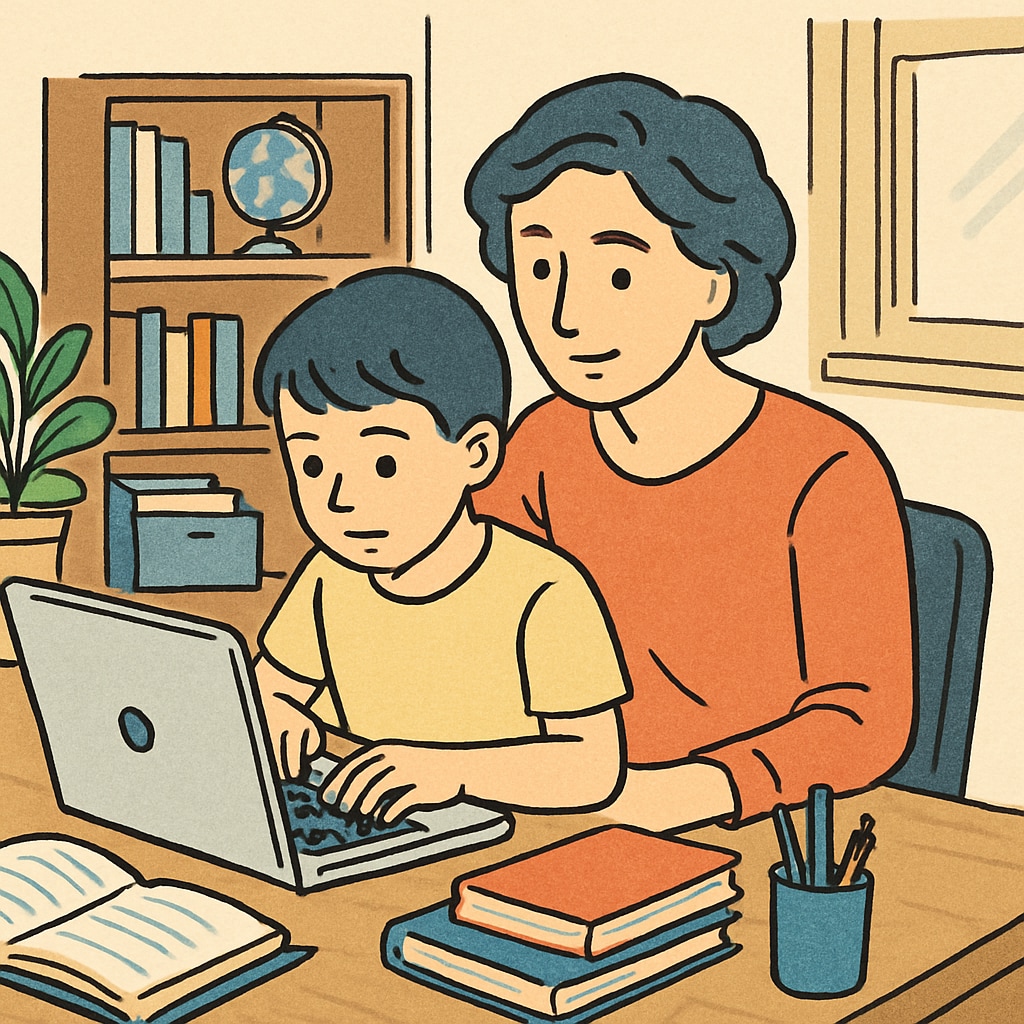In recent years, the rise of online public schools has reshaped the educational landscape, offering families a new way to approach learning. As more parents explore diverse education options, the decision to enroll children in virtual classrooms has become increasingly popular. This trend reflects a combination of factors, including the desire for personalized learning, flexibility, and a better balance between education and family life. In this article, we delve into the motivations driving parents to choose online public education and what it means for the future of learning.
The Rise of Online Public Schools: A Modern Educational Shift
Online public schools, once considered a niche offering, have emerged as a viable alternative to traditional in-person education. These schools, often funded and operated by state or local governments, provide students with access to certified teachers, accredited curricula, and the structure of public schooling—all delivered in a virtual format. The flexibility of this model appeals to a wide range of families, including those facing unique challenges or seeking more tailored learning experiences for their children.
For example, families living in rural or remote areas often struggle with limited access to high-quality local schools. Online public schools bridge this gap by offering families the chance to access quality education from the comfort of their homes. Similarly, children with special educational needs or medical conditions can benefit from the customized pace and reduced social pressures of virtual learning environments.

Key Motivations for Choosing Online Public Education
The motivations for selecting online public schools are as diverse as the families who choose them. Below are some of the most common reasons parents make this decision:
- Personalized Learning: Online learning platforms often allow students to progress at their own pace. This flexibility is particularly beneficial for children who excel in certain subjects but require additional support in others.
- Family-Life Balance: Many parents appreciate the ability to integrate schooling with family schedules. This is especially helpful for families with frequent relocations, such as military households, or those balancing work-from-home arrangements.
- Safety and Well-Being: Concerns about bullying, school violence, or health risks (especially during the COVID-19 pandemic) have led some families to seek alternative education methods that prioritize safety.
- Cost-Effectiveness: Unlike private online schools, public virtual schools are tuition-free, making them an accessible option for families seeking quality education without the financial burden.
These factors illustrate why online public schools resonate with a growing number of families, offering solutions to both logistical and educational challenges.
Challenges and Considerations for Parents
While the benefits of online public education are clear, parents must also consider potential challenges. For many families, the shift to virtual learning requires a significant adjustment in daily routines. Parents often take on a more active role in overseeing their child’s education, which can be time-intensive. Additionally, ensuring children remain engaged and motivated in a virtual setting can be difficult without the traditional social interaction of brick-and-mortar schools.
Technology access is another critical factor. Families must ensure they have reliable internet connections and devices capable of supporting online learning platforms. In some cases, online public schools provide resources to bridge this gap, but access may vary by region.

The Future of Education: Blended and Online Models
As online public schools continue to grow in popularity, they are likely to influence broader educational trends. Hybrid or blended learning models—combining in-person and virtual instruction—are already emerging in many districts, offering the best of both worlds. These models provide the flexibility and customization of online education while maintaining opportunities for face-to-face interaction and extracurricular activities.
Moreover, the lessons learned from online education during the pandemic have highlighted areas for improvement, such as developing more engaging digital curricula and fostering a sense of community among virtual learners. Policymakers and educators are now working to address these challenges, ensuring that online public schools remain a sustainable and effective option for families.
For parents considering online public education, the decision ultimately depends on their child’s unique needs and circumstances. By understanding the benefits and challenges, families can make an informed choice that aligns with their educational priorities.
In conclusion, the rise of online public schools underscores a broader shift in how families approach education. As this trend continues to evolve, it will be crucial for parents, educators, and policymakers to collaborate in creating innovative, inclusive, and effective learning environments for all students.


